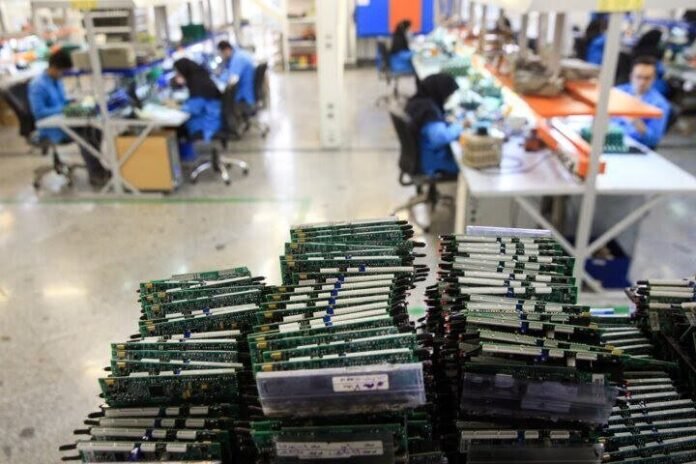TEHRAN – The performance report of Iran National Science Foundation (INSF) in support of Iranian researchers over the past Iranian year (March 2024-March 2025) has been published.
The report includes financial support packages for research projects, post-doctoral projects, and international projects, which aimed to enhance national and international cooperation, research chairs and grants, and science promotion events such as ‘science night’, IRNA reported.
According to the report, a total of 4,951 projects were submitted, and for 1,617 of the projects, support packages have been approved with an acceptance rate of 33 percent. Men and women accounted for 66 and 34 percent of the submissions.
The number of financial support packages approved by the foundation has doubled compared to the year earlier, rising from 2,12 billion rials (about 2.390 million dollars) in 1402 (March 2023 – March 2024) to 4.28 billion rials (almost 4.942 million dollars) in 1403.
Also, the report shows that Basic Sciences and Life Sciences Working Group had the highest percentage of the approved projects (31 percent) followed by Engineering Working Group (26 percent), the Medical and Health Sciences working Group (16 percent), Agriculture and Natural Resources working group (15 percent), the Humanities, Social Sciences, and Art working group (11 percent), and Religious Sciences working group (less than one percent).
Researchers from Hormozgan, Bushehr, and Gilan provinces had the highest acceptance rate, while researchers from Tehran, Khorasan Razavi, and East Azarbaijan provinces received the highest amount of funding.
University of Tehran (with 158 projects), Tarbiat Modares University (with 149 projects), and Sharif University of Technology (with 87 projects) ranked first to third in terms of the number of projects approved by the foundation.
Over the past year, a total of 691 projects were completed, of which 411 projects were registered in Iranian year 1400 (2021-2022), 131 projects in 1401 (2022-2023), 82 projects in 1402, and 67 projects in 1403.
In addition to ongoing usual support of scientific research initiatives, the ISNF issued 25 calls for projects. Thirty-two percent of projects were submitted following the calls, and 50.4 percent of funds were allocated to these projects.
The foundation evaluated 6,857 projects and monitored 2670 cases last year. The average evaluation times for accepted projects lowered from 106 days in 1402 to 90 days in 1403. The evaluation time for rejected ones decreased from 65 days in 1402 to 64 days in 1403.
The ISNF also held various meetings in the fields of science to promote scientific authority, expand science and technology, and develop science in society.
Joint calls this year
In the current Iranian year, which started on March 21, Iran and China will support the implementation of ten research projects by faculty members, following the fifth joint call by the INSF and the National Natural Science Foundation of China (NSFC).
The grant, amounting to 40 billion rials (some $45,000) for each research project, will be allocated to the following fields, ISNA reported.
1. Traditional Medicine and Medicinal Plants:
Evidence-based integration and standardization of traditional Chinese and traditional Persian medicine for major diseases; Sustainable medicinal plants: eco-cultivation, biodiversity, and resilience; and the Application of Digital and AI Tools in the Classification, Analysis, and Clinical Research of Traditional Medicine and Medicinal Plants.
2. Energy:
Renewable Energy; High efficiency Utilization of Conventional Energy; Energy-Related Materials; Storage Technologies; and the Application of Artificial Intelligence in the Energy Field.
Iran and Russia will also support the implementation of 10 research projects following the second joint call by the INSF and the Russian Science Foundation (RSF).
The grant will be allocated on competitive basis for scientific and technical programs and projects in the following fields: Chemistry and material sciences, like smart materials, biomaterials, rare earth minerals, batteries, and superconductors, Biology and life sciences, such as biology, biotechnology, and microbiology, and Basic research for medicine.






